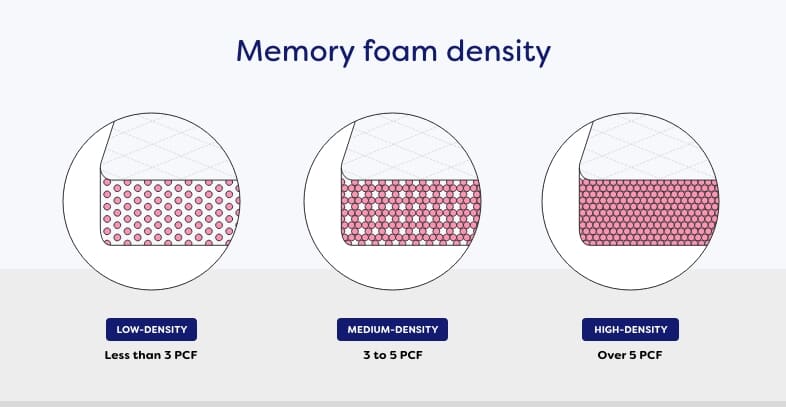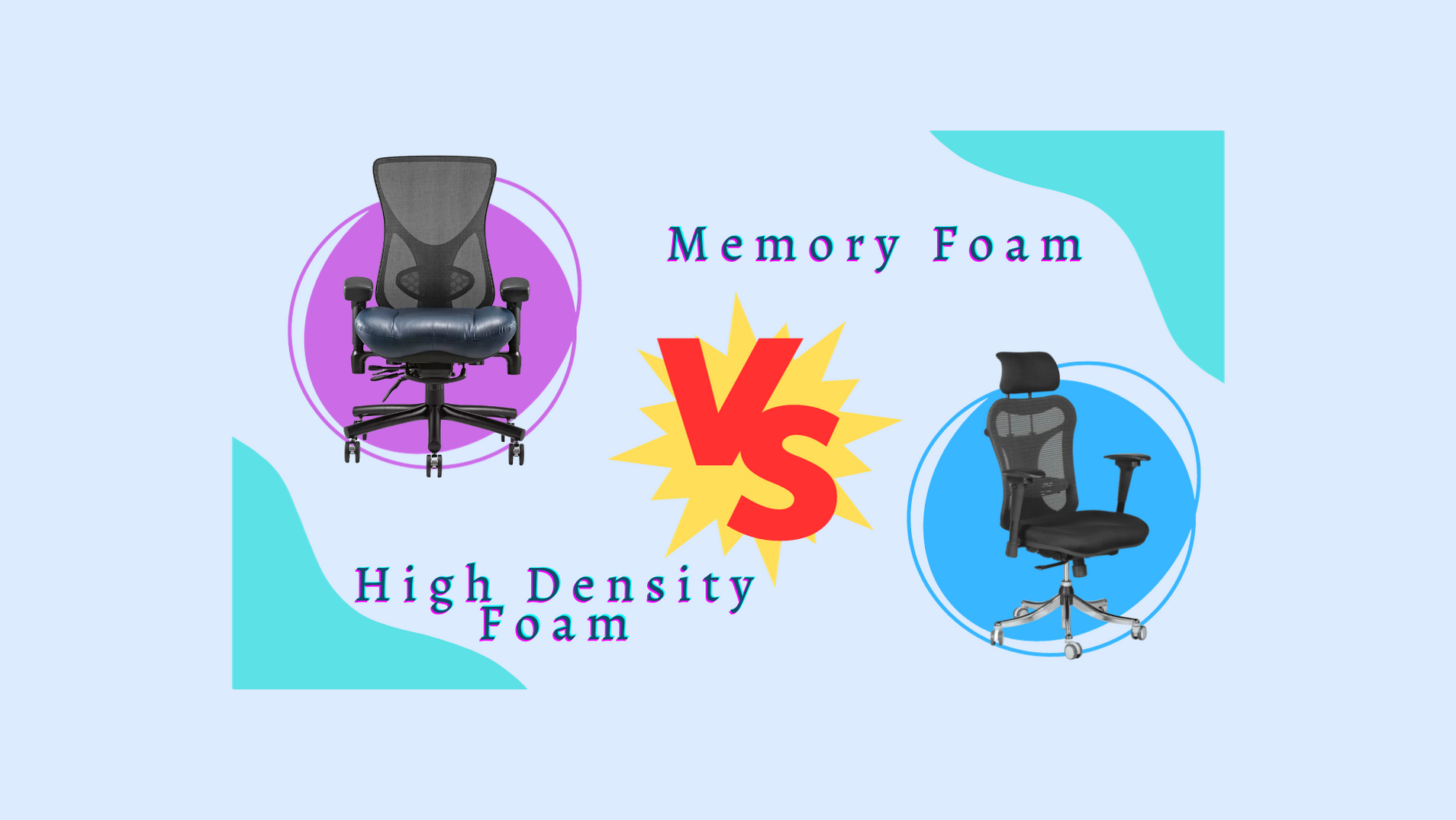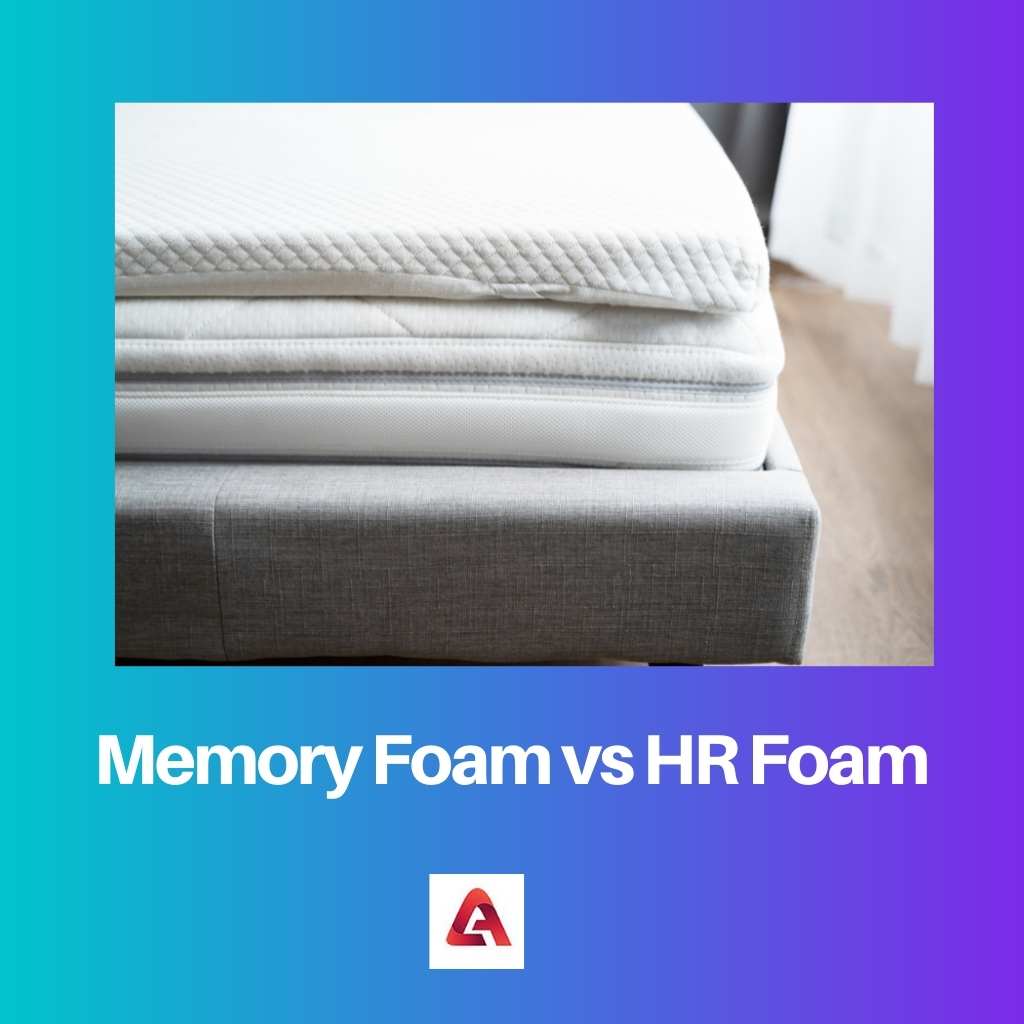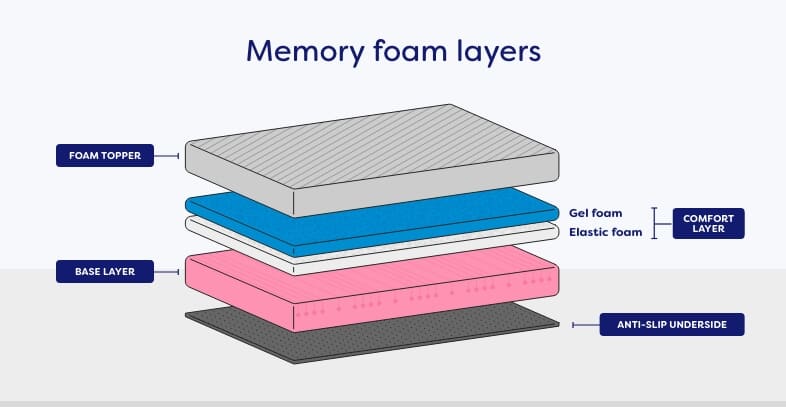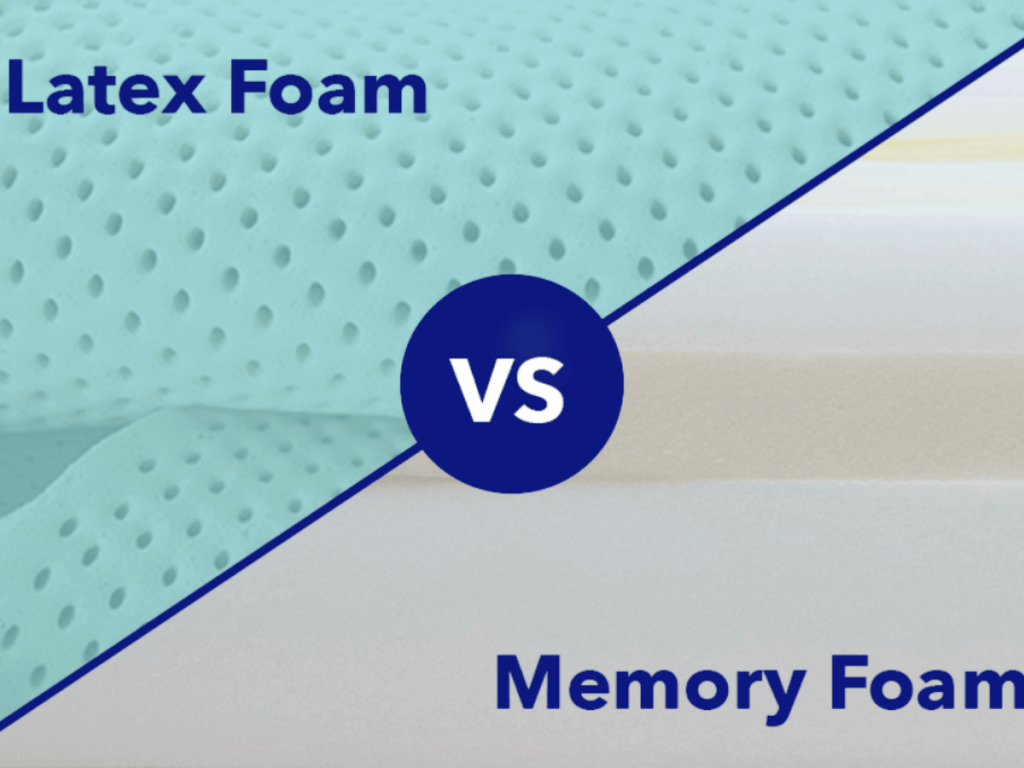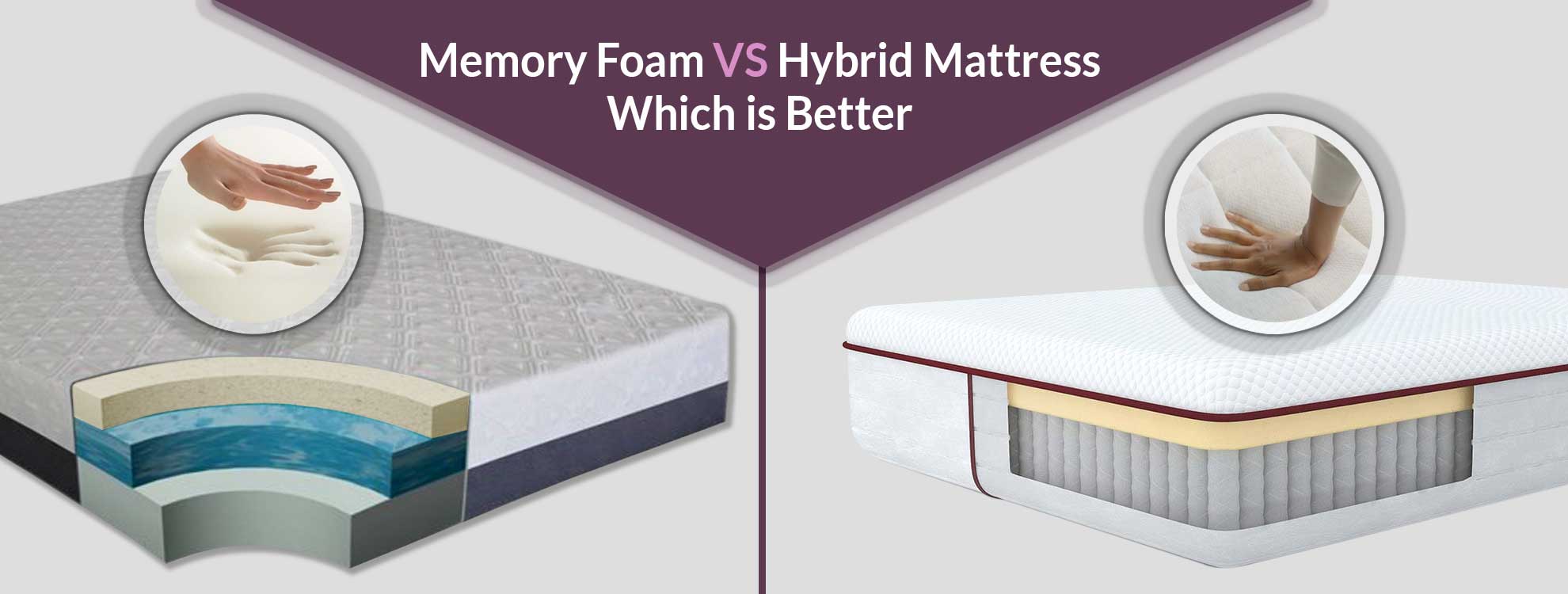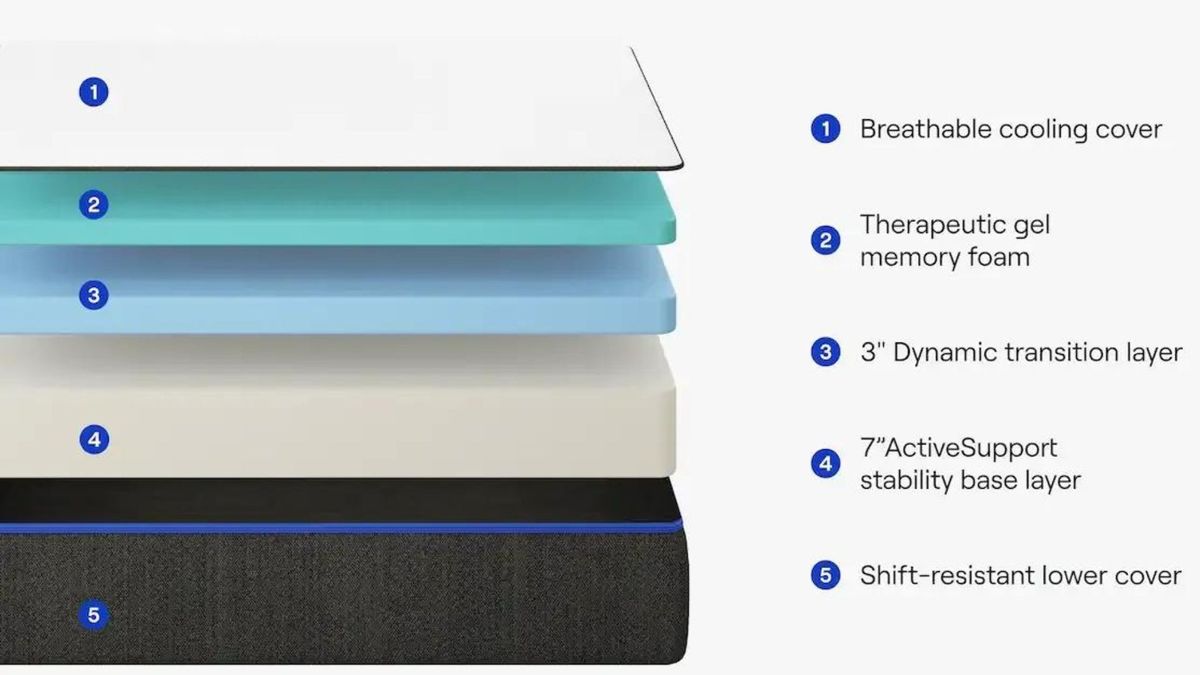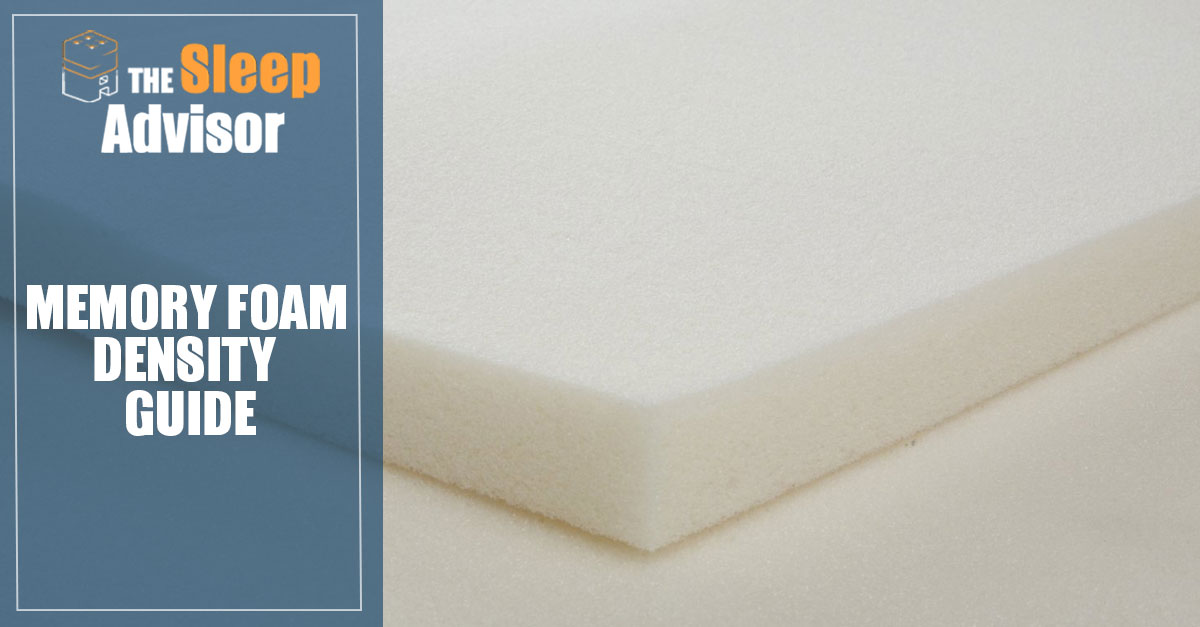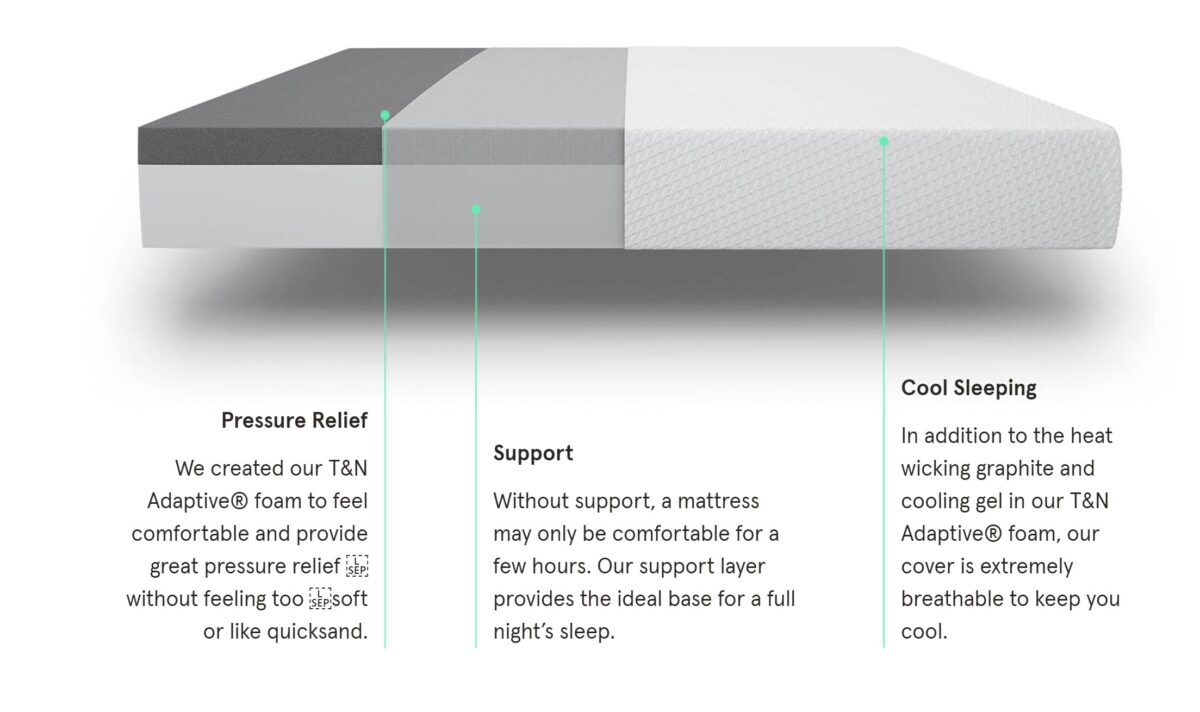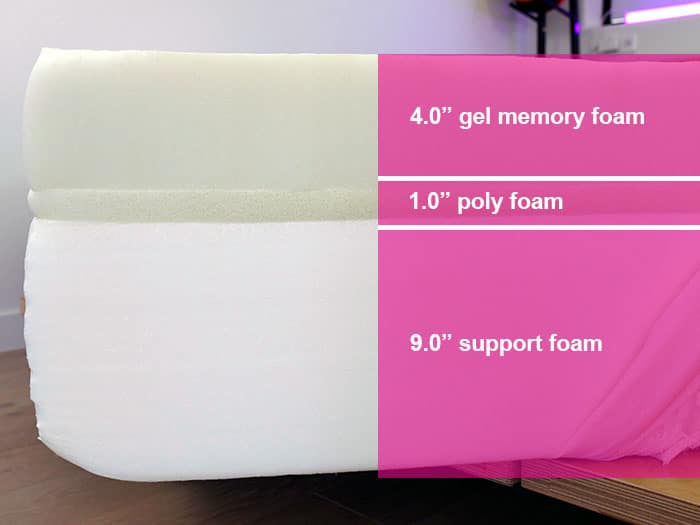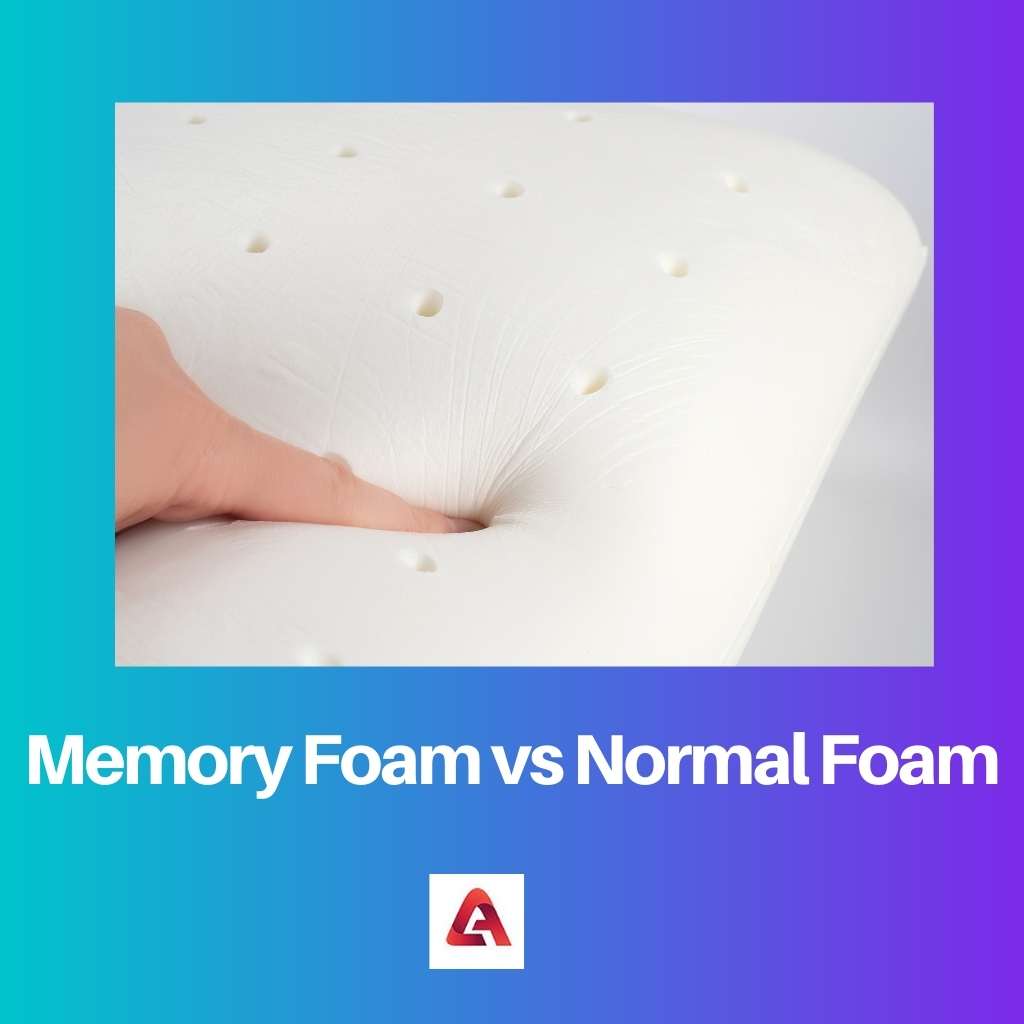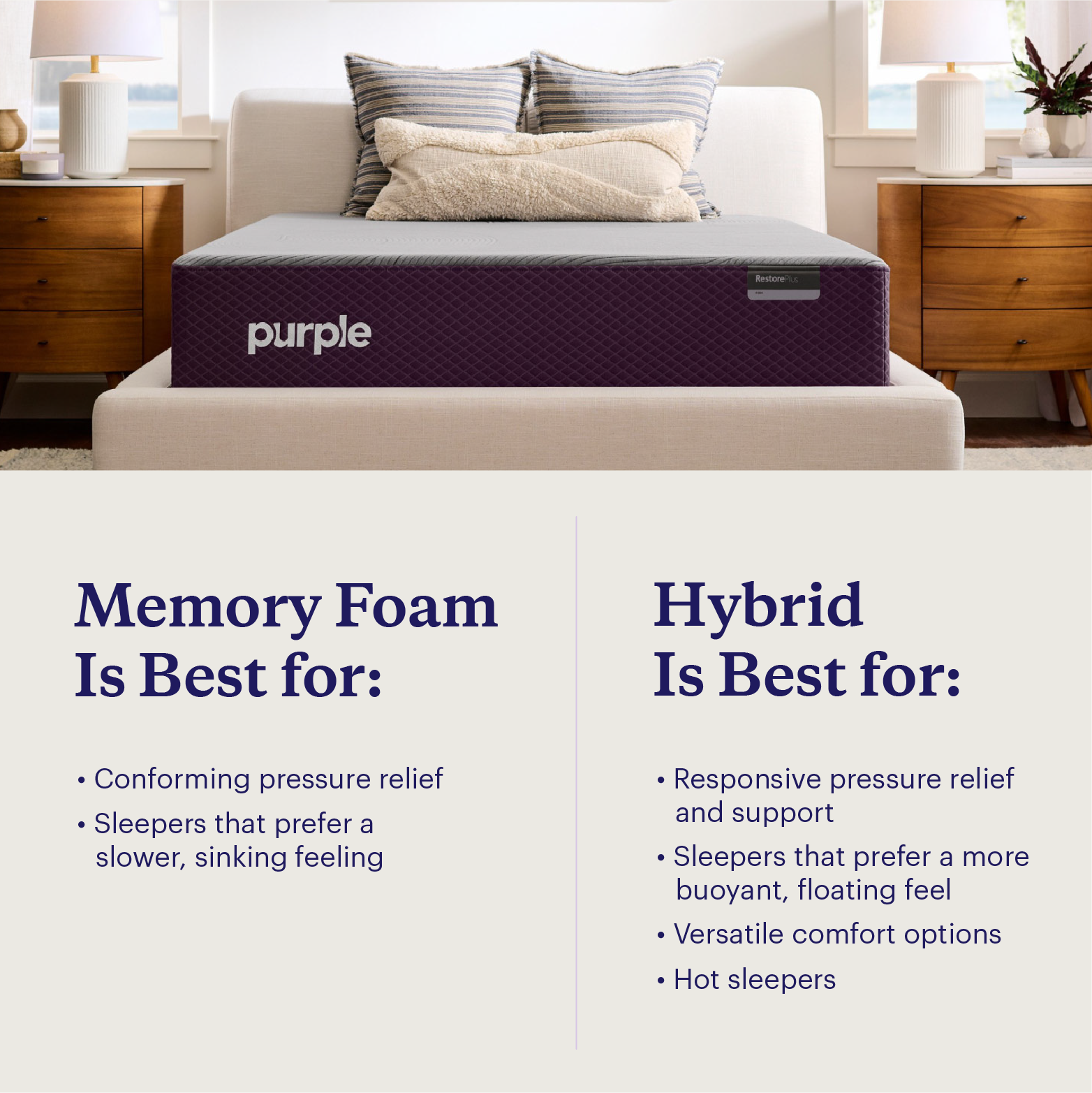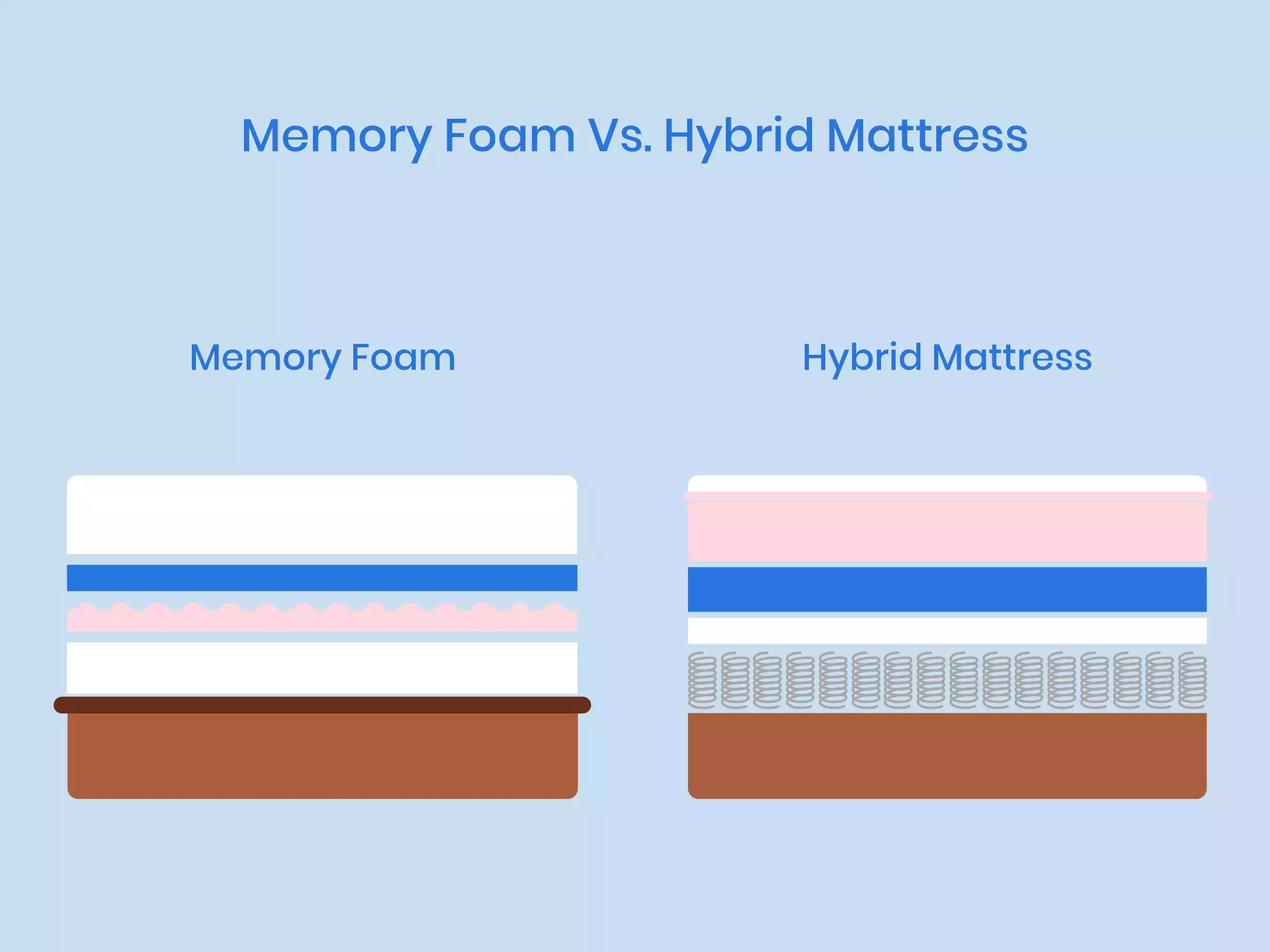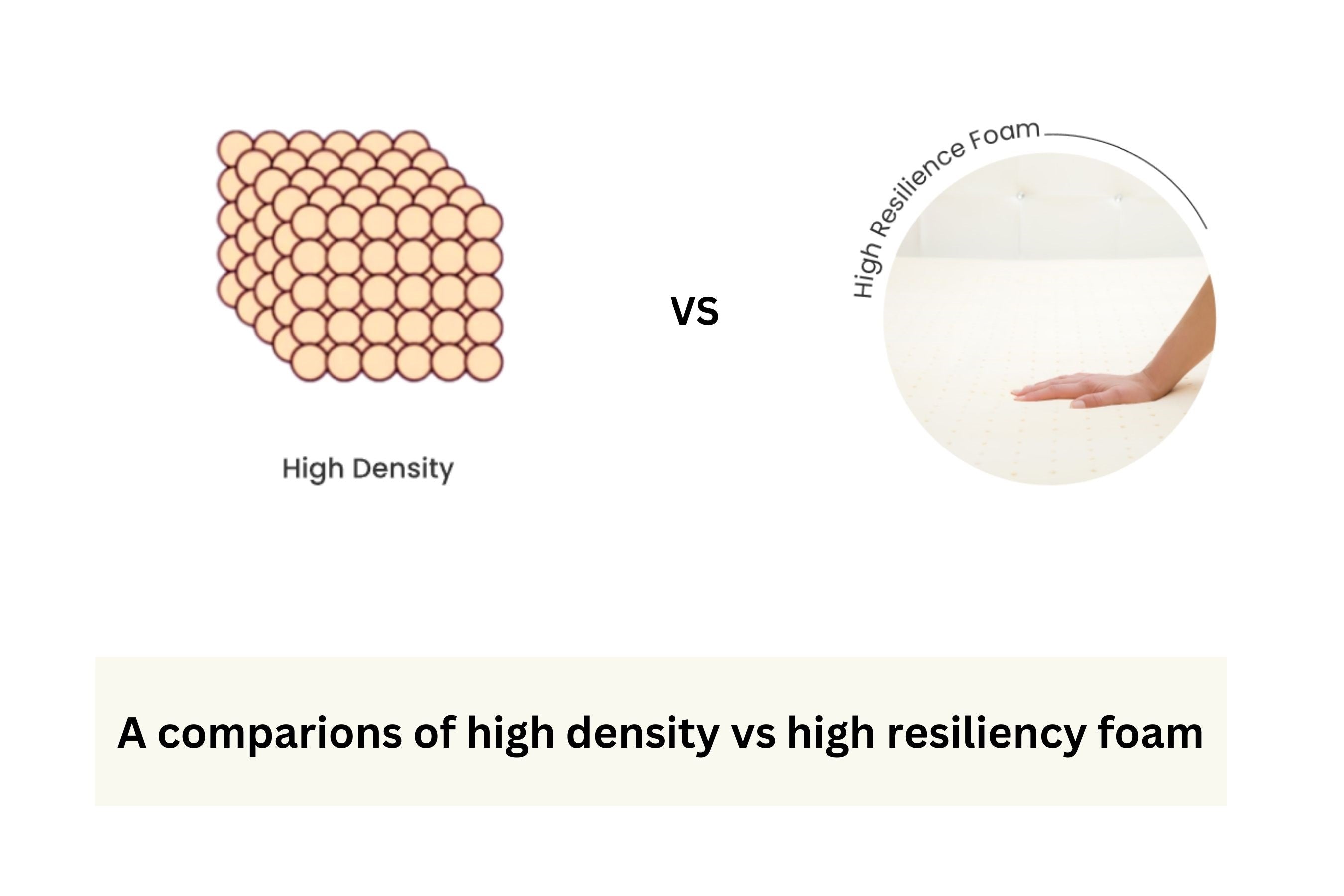Memory Foam Vs High Density Foam

Imagine sinking into your mattress after a long day, feeling the world melt away as your body is gently cradled. Is it the conforming hug of memory foam or the supportive resilience of high-density foam? For many, this nightly ritual is a sanctuary, and the choice between these two materials is a deeply personal one, impacting sleep quality and overall well-being. Let's embark on a journey to understand the nuances of memory foam and high-density foam, uncovering the secrets to a perfect night's sleep.
The heart of this debate lies in understanding the core differences: memory foam, known for its contouring abilities, versus high-density foam, prized for its robust support and durability. This article delves into the characteristics, benefits, and drawbacks of each, providing a comprehensive guide to help you make an informed decision for your sleep needs. Whether you prioritize pressure relief or long-lasting support, understanding these foams is key to unlocking better sleep.
The Rise of Memory Foam: A Brief History
Memory foam, originally developed by NASA in the 1960s, was designed to improve the safety of aircraft cushions. Initially too expensive for widespread use, it eventually found its way into medical applications and, later, consumer products like mattresses and pillows.
Its ability to conform to the body's shape, distributing weight evenly and alleviating pressure points, quickly made it a popular choice for those seeking comfort. The marketing of memory foam emphasized its ability to reduce tossing and turning, leading to deeper, more restful sleep.
Understanding Memory Foam
At its core, memory foam is a type of polyurethane foam with added chemicals that increase its viscosity and density. This allows the foam to soften in response to body heat and pressure, molding itself to the sleeper's unique contours.
This conforming ability is its defining characteristic, offering unparalleled pressure relief, particularly for individuals with joint pain or those who sleep on their sides. The foam's slow response allows for a customized sleep surface.
Pros of Memory Foam
The biggest advantage is pressure relief. Memory foam evenly distributes body weight, reducing stress on pressure points like hips, shoulders, and knees.
Another key benefit is motion isolation. The foam absorbs movement, preventing disturbances from a partner's tossing and turning, a great feature for couples.
Lastly, the contouring capabilities of memory foam can promote spinal alignment, supporting the natural curvature of the spine and reducing back pain.
Cons of Memory Foam
One common complaint is heat retention. The dense structure of memory foam can trap body heat, leading to discomfort for some sleepers. Newer technologies, like gel-infused memory foam, attempt to combat this.
Some people also find that memory foam has a sinking feeling. While some enjoy the cradling sensation, others feel trapped or restricted in their movements.
Finally, off-gassing is a concern. Some memory foam mattresses emit a chemical odor upon unpacking, although this typically dissipates within a few days. Certifications like CertiPUR-US ensure that foams meet low VOC (Volatile Organic Compound) emissions standards.
High-Density Foam: The Support Pillar
High-density foam, in contrast to memory foam, prioritizes support and durability. It’s made from polyurethane, but uses different manufacturing processes and densities.
This results in a firmer, more resilient material that offers less contouring but provides a solid foundation for mattresses, furniture, and other applications.
Exploring High-Density Foam
The term "high-density" refers to the weight of the foam per cubic foot. Higher density foams are typically more durable and resistant to sagging over time.
This makes high-density foam an ideal choice for support cores in mattresses and for furniture cushions that need to withstand heavy use. It is a versatile material used widely.
Pros of High-Density Foam
The primary advantage of high-density foam is its superior support. It provides a firm, stable surface that prevents excessive sinking and promotes proper spinal alignment, a great feature for back sleepers.
Its durability is also a major benefit. High-density foam is resistant to compression and sagging, ensuring that the mattress or cushion retains its shape and support for years to come.
Good air circulation is also a great thing. The more open cell structure of some high-density foams promotes better airflow compared to traditional memory foam, helping to regulate temperature.
Cons of High-Density Foam
Compared to memory foam, high-density foam offers less pressure relief. Its firmness can be uncomfortable for individuals with joint pain or those who prefer a softer sleep surface.
It also provides minimal motion isolation. Movement on one side of the mattress is more likely to be felt on the other side, potentially disturbing a partner's sleep.
Contouring ability is low. The lack of contouring can be a drawback for those who desire the hugging sensation of memory foam.
The Verdict: Which Foam is Right for You?
The choice between memory foam and high-density foam ultimately depends on individual preferences and needs. There's no one-size-fits-all answer; it's about finding the best fit for your body and sleep style.
Consider your sleeping position. Side sleepers often benefit from the pressure relief of memory foam, while back and stomach sleepers may prefer the support of high-density foam.
Think about your body type. Heavier individuals may require the added support of high-density foam, while lighter individuals may find memory foam more comfortable. Personal preference still plays a huge role though.
Hybrid Options: The Best of Both Worlds
For those who can't decide between memory foam and high-density foam, hybrid mattresses offer a compelling solution. These mattresses combine the contouring comfort of memory foam with the support and durability of high-density foam, often incorporating innerspring coils for added bounce and airflow.
Hybrid mattresses allow you to experience the pressure relief of memory foam on the top layers while receiving firm support from the high-density foam core. This layered design addresses the shortcomings of both materials individually.
These offer a balance of comfort and support, making them a popular choice for many consumers.
Beyond the Foam: Other Factors to Consider
While the type of foam is a crucial consideration, several other factors contribute to the overall quality and comfort of a mattress. These include the cover material, the construction of the support core, and any additional features like cooling technology.
A breathable cover, such as cotton or bamboo, can help regulate temperature and prevent overheating. The support core, whether it's made of innerspring coils or high-density foam, provides the foundation for the mattress and determines its overall firmness and stability.
Mattress shopping can be overwhelming, so doing your research and reading reviews can really help narrow down your selection.
A Final Thought: Listening to Your Body
Ultimately, the best way to determine which type of foam is right for you is to listen to your body. Pay attention to how you feel when you lie down on different mattresses and consider any specific pain points or discomfort you may experience. A trip to a mattress store can give you a better understanding of what you like.
Consider your budget and look for mattresses that offer a good balance of quality, comfort, and value. Don't be afraid to ask questions and seek advice from knowledgeable sales representatives. Reputable companies offer trials.
Choosing a mattress is an investment in your sleep and overall well-being, so take your time and make a decision that feels right for you. Sweet dreams!
